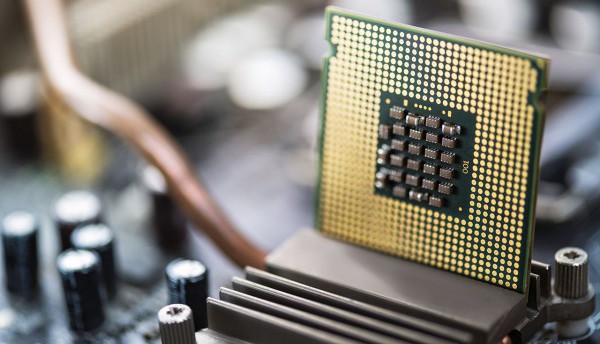
In a press release announcement on July 21, WeRide has unveiled the HPC 3.0 high-performance computing platform, developed in collaboration with Lenovo and utilizing NVIDIA's latest DRIVE AGX Thor chips. This platform is introduced in WeRide's new Robotaxi GXR, marking it as the first mass-produced Level 4 autonomous vehicle using NVIDIA's technology. The automotive-grade HPC 3.0 reduces the cost of the autonomous driving suite by 50%, facilitating the GXR's commercial deployment on a large scale.
The HPC 3.0 platform, featuring dual NVIDIA DRIVE AGX Thor configurations running on safety-certified DriveOS, is integrated with Lenovo's AD1 Level 4 autonomous driving domain controller, providing up to 2,000 tera operations per second (TOPS) of AI computing power. It enhances system integration and cuts mass production costs significantly compared to its predecessor, HPC 2.0, reducing the total cost of ownership by 84% over its life cycle. Key modules such as Ethernet gateway, controller area network (CAN) gateway, inertial navigation and collision detection are consolidated, lowering production and maintenance costs.
HPC 3.0 complies with AEC-Q100, ISO 26262 and IATF 16949 standards, featuring a redundant design that achieves a high safety level with a low failure rate and extended mean time between failures (MTBF). It is built for long-term usage, withstanding extreme temperatures and environmental conditions, making it suitable for global deployment in various markets, including the Middle East, Southeast Asia and Europe. The NVIDIA DRIVE AGX Thor, an advancement over DRIVE AGX Orin, is designed with NVIDIA Blackwell architecture optimized for intensive processing tasks, enhancing safety and performance by leveraging NVIDIA's accelerated computing capabilities to operate WeRide's proprietary software.
This content may be AI-assisted and is composed, reviewed, edited and approved by S&P Global.








